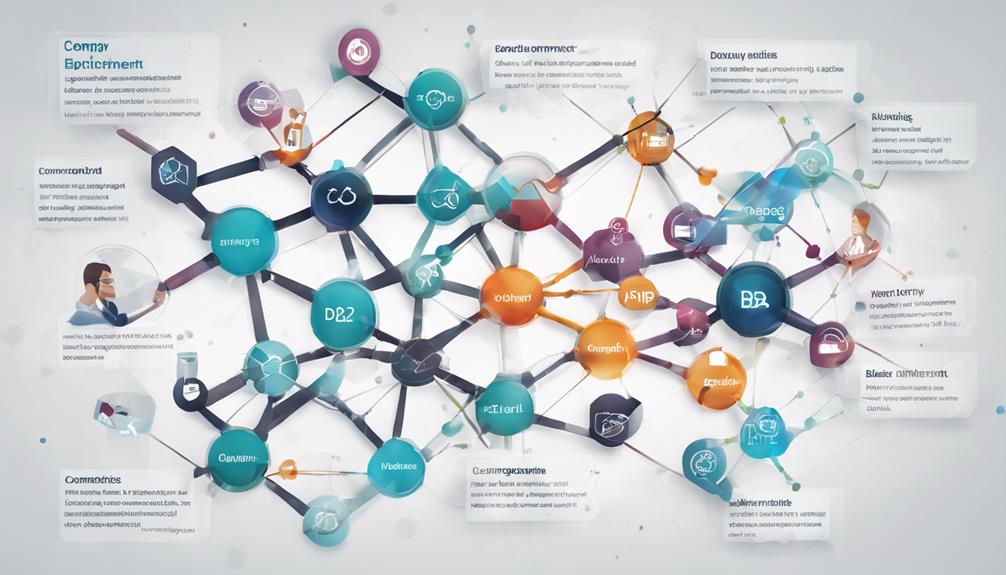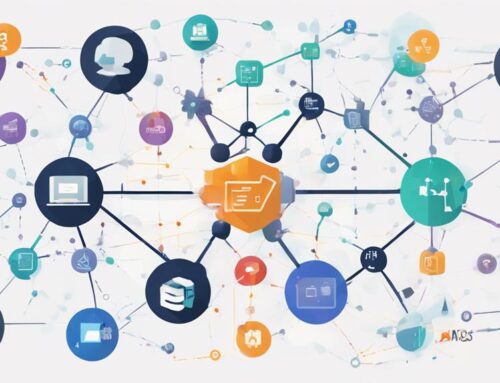To maximize B2B data quality with data enrichment, you must understand that data is the backbone of your business decisions. By utilizing data enrichment techniques effectively, you can transform raw data into valuable insights that drive strategic initiatives. But, before diving into the complexities of data enrichment, it is crucial to lay a strong foundation by ensuring data accuracy and completeness. The journey to enhanced data quality begins with meticulous attention to detail and a proactive approach to data management.
Define Data Quality Standards
To effectively enhance B2B data quality through data enrichment, it is crucial to establish clear and robust data quality standards. Data profiling plays a key role in this process by allowing you to analyze the existing data to understand its structure, quality, and completeness. Through data profiling, you can identify inconsistencies, errors, and redundancies within the dataset, which is essential for determining the necessary data cleansing activities.
Data cleansing is another vital component when defining data quality standards. This step involves rectifying any inaccuracies, incomplete information, or duplicate entries in the dataset. By cleansing the data, you ensure that it is accurate, up-to-date, and consistent. It helps in maintaining the integrity of the data and prevents any misleading insights that could arise from erroneous information.
Identify Data Sources
When identifying data sources for B2B data enrichment, businesses must conduct a comprehensive inventory of all potential sources that contribute to their dataset. Data validation is crucial during this process to ensure the accuracy and reliability of the information obtained from these sources. Start by assessing internal data repositories, such as CRM systems, marketing automation platforms, and sales databases. These sources often contain valuable customer information that can be enriched with external data. External sources like third-party data providers, industry reports, and social media platforms can also be instrumental in enhancing the depth and breadth of your dataset.
To maintain data accuracy, it is essential to prioritize sources that are known for providing high-quality information. Evaluate each potential source based on its relevance to your business objectives, the reliability of the data it offers, and its compatibility with your existing datasets. By being selective in sourcing data and validating its quality, businesses can lay a strong foundation for effective data enrichment processes.
Collect and Organize Data
Gathering and structuring data is a critical step in the data enrichment process for B2B businesses. It begins with data cleansing to ensure accuracy by removing duplicates, correcting errors, and standardizing formats. Data validation is then essential to verify the quality and integrity of the information collected. This involves confirming that the data meets specific criteria, such as email addresses being in the correct format or phone numbers having the right number of digits.
Once the data is cleansed and validated, the next step is data segmentation. This process involves categorizing the data into different groups based on specific characteristics like industry, company size, or location. Organizing data in this manner allows for more targeted and personalized marketing campaigns, resulting in higher engagement and conversion rates.
Apply Data Enrichment Solutions
Having successfully organized and segmented your B2B data, the next crucial step is implementing data enrichment solutions. Data enrichment tools play a significant role in enhancing the quality of your existing data. These tools can help fill in missing information, update outdated records, and provide valuable insights to improve targeting and personalization.
When it comes to implementation, it’s essential to choose data enrichment tools that align with your specific business needs and objectives. Consider factors such as the accuracy of the data provided, integration capabilities with your existing systems, and scalability for future growth.
Additionally, analyzing the data enrichment ROI is key to understanding the impact of these solutions on your business. By measuring the effectiveness of enriched data in improving lead generation, conversion rates, and overall marketing campaigns, you can determine the value they bring to your organization. Conducting thorough analysis will enable you to make informed decisions on optimizing your data enrichment strategies for maximum results.
Validate Enriched Data
To ensure the accuracy and reliability of the enriched data obtained through data enrichment tools, the next critical step is to validate the information gathered. Validating enriched data is crucial for maintaining data accuracy and completeness. Here are four key steps to effectively validate enriched data:
- Cross-Verification: Compare the newly enriched data with existing internal records or reputable external sources to ensure consistency and accuracy.
- Data Profiling: Analyze the enriched data for completeness, identifying any missing or erroneous information that may impact data quality.
- Deduplication: Remove any duplicate entries within the enriched data to prevent redundancy and maintain data accuracy.
- Quality Assurance Checks: Conduct thorough quality checks to verify the integrity of the enriched data, ensuring it meets the desired standards for accuracy and completeness.
Frequently Asked Questions
Can Data Enrichment Solutions Handle Unstructured Data Formats?
Yes, data enrichment solutions can handle unstructured data formats by utilizing advanced techniques like text extraction. This process enhances data validation efforts, ensuring accuracy and completeness. By leveraging these capabilities, you can improve the quality of your B2B data significantly.
How Often Should Data Enrichment Processes Be Updated?
Regularly refreshing your data enrichment strategy is key. Consistent updates are crucial for maintaining accuracy and relevance. Aim for a cadence that aligns with your business needs and growth trajectory to optimize outcomes.
What Measures Can Be Taken to Ensure Data Security During Enrichment?
To ensure data security during enrichment, implement data encryption to safeguard sensitive information. Set up stringent access controls limiting who can modify or view the data. These measures fortify your data integrity and protect against unauthorized access.
Is There a Limit to the Number of Data Sources That Can Be Integrated?
Like a tree growing roots, scalability concerns can arise when integrating numerous data sources. Managing integration challenges is crucial to avoid bottlenecks. While there’s no fixed limit, balancing quality and quantity is key for efficiency.
How Can Data Enrichment Improve Lead Scoring Accuracy?
To improve lead scoring accuracy, you can utilize data enrichment. By enriching your data, you enhance sales effectiveness and refine marketing segmentation. This boosts the precision of your targeting efforts, increasing the likelihood of converting leads into customers.




